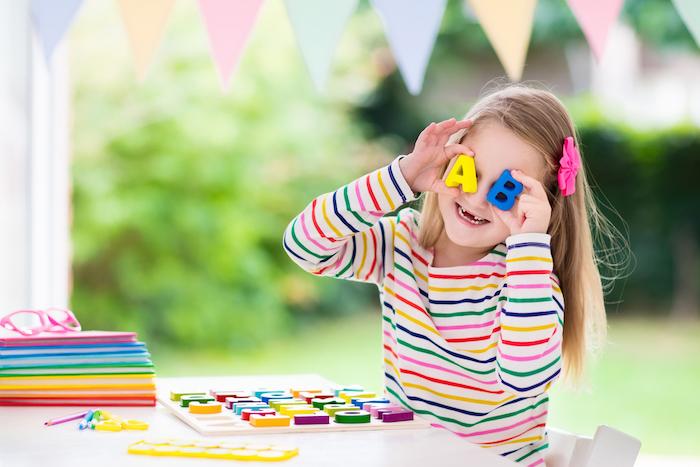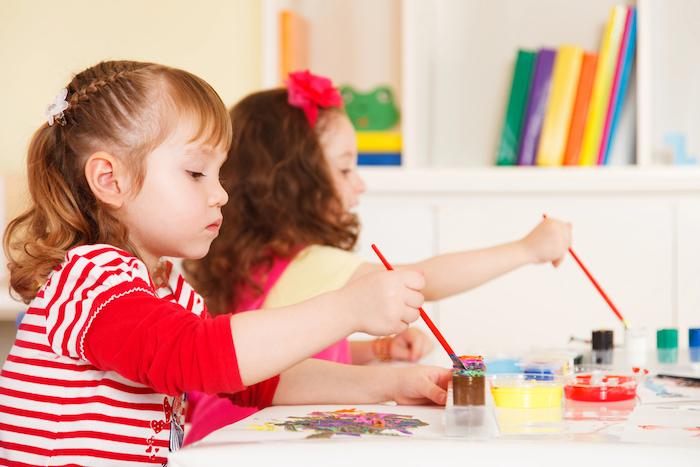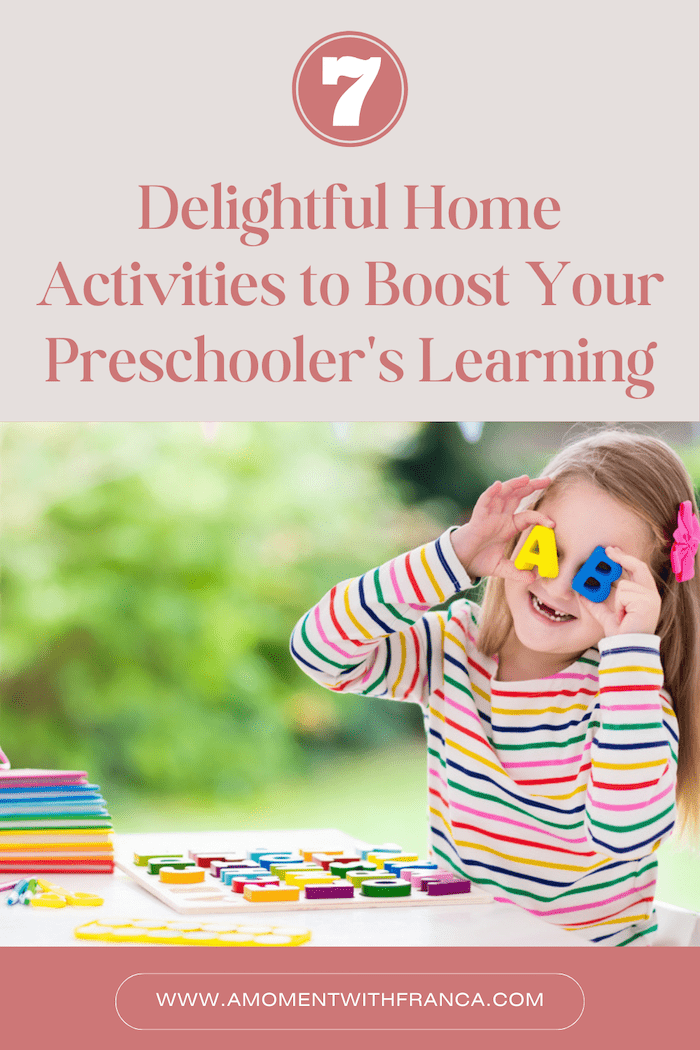It’s no secret that many younger children sometimes dislike educational materials, particularly if they’ve already started preschool. From their perspective, activities that feel like “learning” can sometimes be perceived by preschoolers as boring, leading to resistance or disinterest.
If this sounds familiar, you may need to introduce your child to novel experiences that are—most importantly—enjoyable. If the learning experience feels like play, your child is more likely to be engaged, benefiting their intellectual growth without the need for bribes or coercion.
One effective strategy for getting your kid to love learning is to offer fun activities, such as those available virtually on happycamperlive.com. This is also an approach that international schools offering childcare in Singapore have been employing for years with marked success, and you can do the same in the comfort of your home, thanks to our wide selection of online classes. If you incorporate elements of excitement and discovery into everyday activities, your child can absorb new concepts without even realising they’re learning.
Let’s look at some of the things you can do around your home that will give your preschooler’s growing brain a fun workout!
7 Delightful Home Activities to Boost Your Preschooler’s Learning
1. Fun Science Experiments
Impactful yet straightforward science projects, such as making magnetic slime, blowing bubbles, or creating edible “water bottles,” can reframe how your child understands the world around them, sparking their interest in basic science and technology. These hands-on science experiments not only provide opportunities to engage with scientific concepts directly, but they may also cause your child to be curious about their own knowledge and hone their critical thinking skills in the process.
2. Creative Arts and Crafts
Making arts and crafts is a fantastic way to get your child to learn about shapes and colours. The tactile aspect of these activities may also be necessary for honing the essential fine motor skills used for writing and drawing. To further emphasise the tactile elements of these activities, offer materials like glue, glitter, clay, beads, and other art supplies with strong tactile qualities. Found objects like rocks, boxes, and even jars can also be included to enhance your child’s sensory exploration further.
3. Healthy Food Preparation
The kitchen is an excellent place for children to learn about a vast array of subjects, including math, introductory chemistry, hygiene, and nutrition. Every once in a while, have your child assist you with various kitchen tasks to give them a hands-on feel for those multiple topics. Eventually, you can have them prep simple meals like Italian, Mexican, and avocado grilled cheese sandwiches to help them synthesise what they have learned better.
4. Walks Outside
Frequent walks to public parks and gardens can give your child many opportunities to observe the natural world up close. Importantly, your walks can provide your child with an early appreciation for the benefits of exercise, which might later help them achieve a healthy, intellectually sound lifestyle.
5. Music and Dance
Early exposure to musical activities can improve body coordination and help your child develop a sense of timing and rhythm. If you have a guitar or a keyboard collecting dust somewhere, take it out and have your child try it on for size. Alternatively, you can play some music and encourage your child to dance with you.
6. Interactive Story Time
It’s hard to find a preschooler who doesn’t love story time. You can make this work in your favour by encouraging your child to participate actively. Get them to exercise their pattern recognition and critical thinking by asking them to predict what will happen next and introduce new words each session. You’ll not only promote literacy skills and comprehension but you’ll also have your child begging for new stories every night.
7. Shadow Puppets
Shadow puppetry takes story time to a new level and encourages your child to wield their imagination. With just a phone light, a blank wall, scissors, and cardstock you can encourage your child to blend their crafting and storytelling skills into a wonderfully cohesive whole.
Best of all, shadow puppetry can also be a way for your child to become culturally aware. Wayang Kulit, the traditional form of shadow puppetry found in Singapore, is often demonstrated at community festivals. Taking your child to your community’s version of such exhibitions may spark their curiosity and help them feel a profound connection with their community.
Stoke Your Child’s Passion for Knowledge Early
The consensus among child development experts is that early experiences play a key role in children’s lifelong intellectual development. Sending your preschooler to a good school and having them attend special classes may give them a decided advantage over their peers. Still, their holistic learning will not be complete without continuous guidance on their progress at home. To further support their development, consider incorporating online tutoring as a flexible option to reinforce key learning areas, complementing at-home activities. By consistently offering engaging yet educational activities at home, learning can eventually become second nature for your child, boosting their academic success.
Adopting a proactive stance towards home learning is especially worth considering if you’re planning to send your child to a school that emphasises self-directed learning. Self-directed learning frameworks like the popular International Baccalaureate are becoming increasingly popular as these systems aim to enhance executive functioning and creativity, which cannot be readily supplanted by automation. Indeed, giving your preschooler ample learning opportunities at home may become an essential catalyst for their success in an ever-more competitive future.
What’s your go-to activity from this list to keep your preschooler engaged and learning at home?
*Disclosure: Collaborative Post
Thanks for stopping by,
Love you all ❤️
Franca 💋
PIN FOR LATER:







Leave a Reply